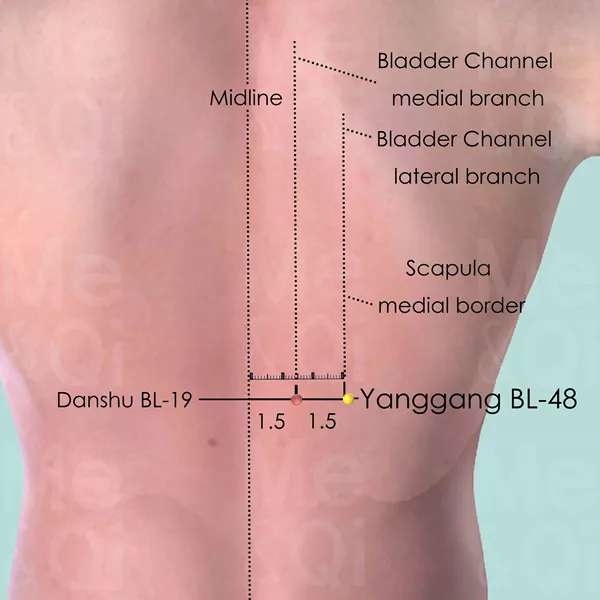Lazinessaccording to TCM
Symptom family: Fatigue and Sleepiness
What is Laziness?
Laziness, commonly perceived as a lack of motivation and energy to engage in activities, can be more than just a simple reluctance to act. In some cases, what appears as extreme laziness or indolence might be a symptom of underlying health issues.
It's characterized by a persistent state of unwillingness to work or make an effort, despite having the capability to do so. This condition transcends mere occasional feelings of lethargy or tiredness, presenting as a significant reduction in activity levels and productivity.
How Does TCM View Laziness?
Traditional Chinese Medicine (TCM) interprets laziness not just as a behavioral issue, but as a sign of imbalance within the body's energy systems. According to TCM, laziness could be indicative of an underlying deficiency or stagnation of Qi (vital energy). It is believed that when the body's Qi is low or blocked, it leads to a lack of physical and mental vitality, manifesting as laziness or indolence.
TCM emphasizes the need to identify and address the root cause of this Qi disharmony, whether it's due to lifestyle factors, dietary habits, emotional stress, or an internal imbalance.
Acupoints for Laziness
In TCM, acupuncture is often employed to combat the state of laziness by stimulating specific points that enhance the flow of Qi and improve energy levels. One such point is Yanggang BL-48, located 3 cun lateral to the lower border of the spinous process of the 10th thoracic vertebra (T10).
This point is known for its ability to regulate the Gall Bladder and clear Damp-Heat, thus helping in regulating the Middle Burner. Stimulating BL-48 can invigorate the body’s energy flow, addressing the stagnation or deficiency that may be contributing to feelings of laziness. The use of such acupoints in TCM is aimed not just at symptom relief, but at restoring the overall balance and harmony of Qi in the body.
See more details below about Yanggang BL-48, an acupoint used to address laziness.
- By Meridian
- Bladder Channel

Yanggang BL-48
3 cun lateral to the lower border of the spinous process of the 10th thoracic vertebra (T10).
